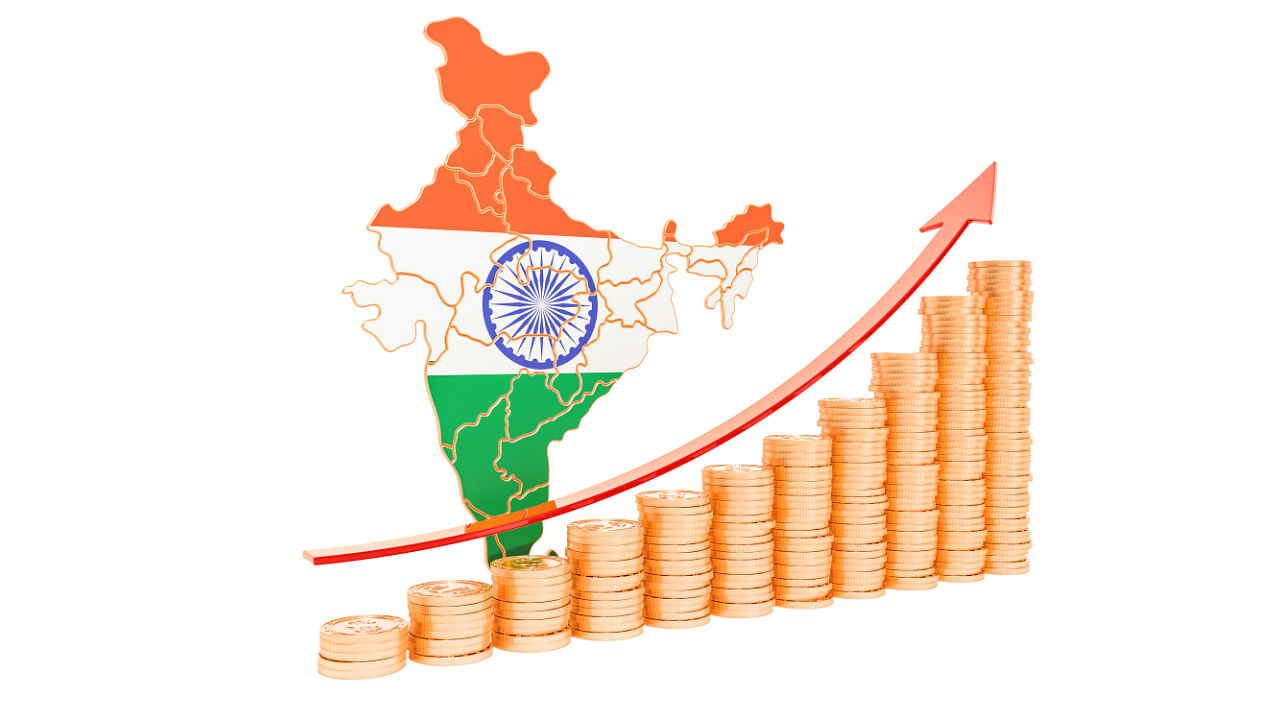
The political chaos in Pakistan has pushed the crisis facing the economy into the background. But the real distress facing the common people is evident from televised interviews of those looting residences of the army elite. Their poignant comparisons between the luxury of these houses and their own acute hardships brings home the misery being faced by the masses. Yet the focus on India’s western neighbour diverts attention from the fact that other economies in South Asia are also in trouble.
In Pakistan, the turmoil after the arrest of former Prime Minister Imran Khan has only worsened the soaring inflation and mounting debt issues. Negotiations for a bailout loan from the International Monetary Fund (IMF) are still underway even as some measures have been taken at its behest, like hiking fuel prices. Even so, inflation has risen to 36 per cent while the Pakistani currency is depreciating. Some misguided policies that led to the current crisis include the quixotic move by the Khan government to cut retail petroleum rates when world crude oil prices were rising sharply. The involvement in China’s Belt and Road Initiative (BRI) is also reported to have entailed heavy costs on the exchequer, while unprecedented floods in 2022 compounded the country’s woes.
India’s southern neighbour, Sri Lanka has also recently undergone political and economic upheaval. Former President Gotabaya Rajapaksa had to flee the country in the wake of mass demonstrations protesting high inflation and persistent shortages of basic goods. The reins of government were then handed over to President Ranil Wickremesinghe who negotiated a $2.9 billion loan from the IMF. The first tranche of the loan has been issued, and the country seems to be inching toward recovery despite inflation remaining at 35 per cent. Policy changes are under way in line with the IMF’s directives, including a rollback of earlier tax cuts.
In fact, it was these deep tax cuts that were among the unusual policies that fuelled the emergency in Sri Lanka. These created severe revenue shortfalls and the situation was worsened by a decision to shift completely to organic fertilisers. The result was shortages of the staple foodgrain, rice, and the main cash crop, tea.
Both Nepal and Bangladesh have also been affected by the pandemic as well as the ripple effects of geopolitical developments. Nepal took an IMF loan last year and seems to be recovering with tourism and inward remittances picking up. Bangladesh has also just been granted a bailout facility by the IMF to cope with soaring energy and food costs following the Ukraine war. It was faced with a sharp widening of the current account deficit, and a decline of foreign exchange reserves.
Amid the troubles facing its neighbours, India is looking amazingly resilient, and has shaken off much of the impact of geopolitical events. It is set to grow by 6 to 6.5 per cent in 2023-24, thereby retaining its tag of the fastest growing major economy in the world. This is despite continuing concerns over external headwinds, especially volatile oil prices and declining exports.
Like others in the region, India was faced with inflationary pressures, especially since mid-2022, and the Reserve Bank of India (RBI) also aggressively hiked interest rates like other central banks around the world. But it has now taken a pause and the latest data shows CPI-based retail inflation having been contained at 4.7 per cent in April. Another area where the economy has performed consistently is in agriculture, where output rose by about 4 per cent even during the pandemic year. This has ensured food security at a time when many other countries are facing shortages due to curtailing of grain exports from Russia and Ukraine.
Most of South Asia has been grappling unsuccessfully with shortages of food and basic goods along with uncontrolled inflation. This is partly due to the impact of the pandemic. But the situation was aggravated by the collapse of global supply chains and surging commodity prices since Russia invaded Ukraine. In the case of Pakistan, climatic changes in the form of excessive floods also played their role. Yet part of the problem in all these economies has been short-sighted and misdirected economic policies. These would have been disastrous even without the impact of external headwinds.
It can give India no satisfaction that its neighbours are in difficulties. The prosperity of a region depends on equal status of all players. India cannot remain an island of well-being in middle of an economic distress. So, it is all to the good that most of them, barring Pakistan, are now limping back to normalcy with a little help from the IMF.
(Sushma Ramachandran is a senior journalist)
Disclaimer: The views expressed above are the author's own. They do not necessarily reflect the views of DH.